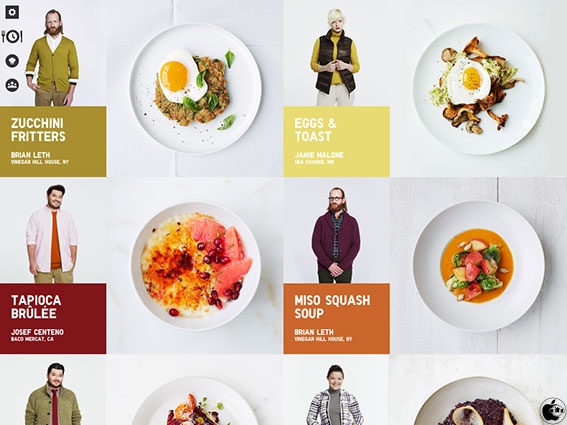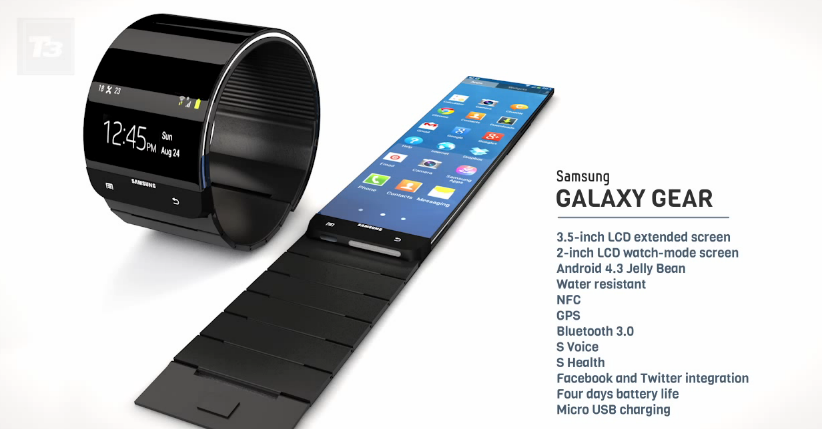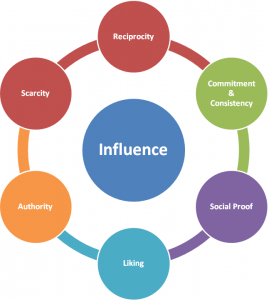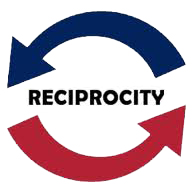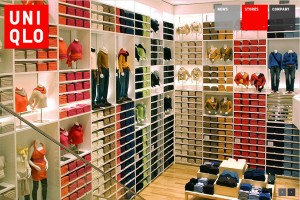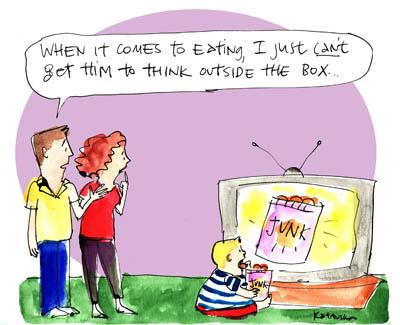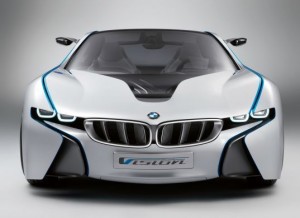First of all, I am actually very surprised that I would have the option to choose my own teammate for the group assignments (I am being assigned into a team in other courses). Therefore, due to the “liking principle”, I chose to team up with the other three Malaysian friends, plus, I am really glad to have Eric and Agape in our team. I am really impressed with the efficiency of the team because we usually set a meeting time, sit together to start doing the assignment and we only leave after we finished everything in several hours. 🙂
In the course, we have chosen Amazon.com as the company for the marketing plan assignments. Many people might think that Amazon.com is just a big online retailer. This is very wrong. Amazon.com is somehow like a hidden empire. It owns Zappos.com, IMDb, woot! and so on. Besides, it is also an IT solution provider in providing cloud computing service, or they so-called the Amazon Web Service (AWS).
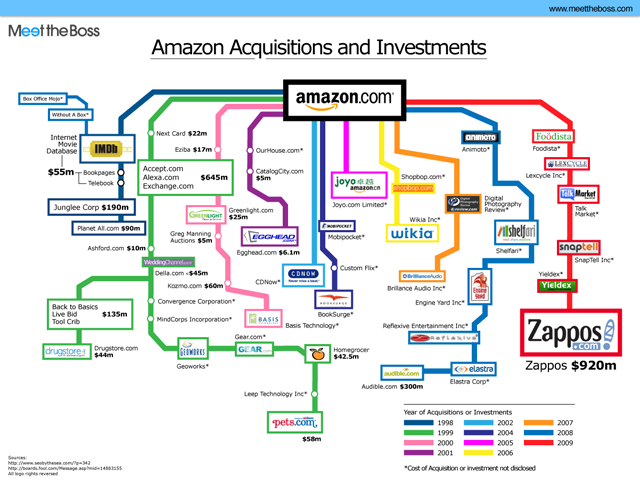
The founder of Amazon.com, Jeff Bezos has set a very clear value proposition for his company that is “to be Earth’s most customer-centric company, where customers can find and discover anything they might want to buy online, and endeavors to offer its customers the lowest possible prices.” He hires many Walmart logistics executive in improving their supply chain management by adopting digital-driven supply chain; he bets on leveraging technology advantage to improve customer service by using CRM. Basically, Amazon,com is an A++ company that is doing so good in almost every aspect of its business model. In other words, it is very challenging to detect problems in their marketing strategy.
As the competition is becoming more intense, Bezos is very ambitious that he wants to create a Kindle ecosystem to foster the bond between Amazon.com and its customers.
He wants people to buy Kindle tablet/ebook reader so that they purchase products from Amazon.com (Kindle has a built-in Amazon App which is very easy to use). However, here is where the problem comes. There is a standard gap between what Amazon.com wants to achieve and what it really achieved. The fact is that Kindle tablet is not as compelling as other tablets such as the iPad or Asus Transfomer. Moreover, Kindle’s Appstore lacks of useful apps that can attract people to buy it. In this context, we think that the idea of a Kindle ecosystem is excellent but Amazon still has to work on producing a more compelling device that customers would choose to buy.
Take Google as an example, Google is a search engine company yet it has built the most popular smartphone operation system, Android and has successfully produced many great devices like the Nexus 5 smartphone and Nexus 10 tablet. They will be launching Google Glass and Google Coin very soon, too. The key is that how you can make your customers cant live without your products. 




